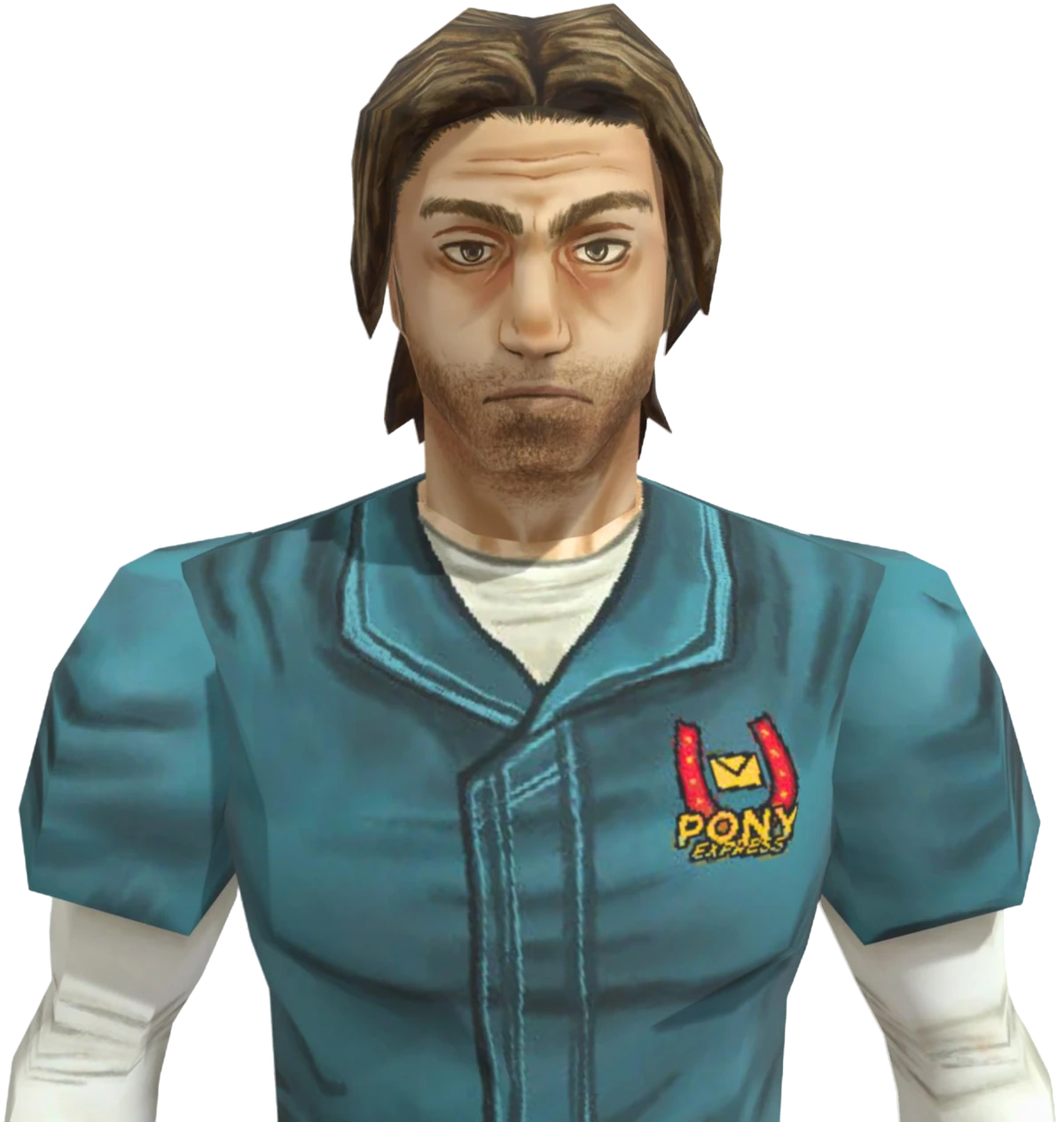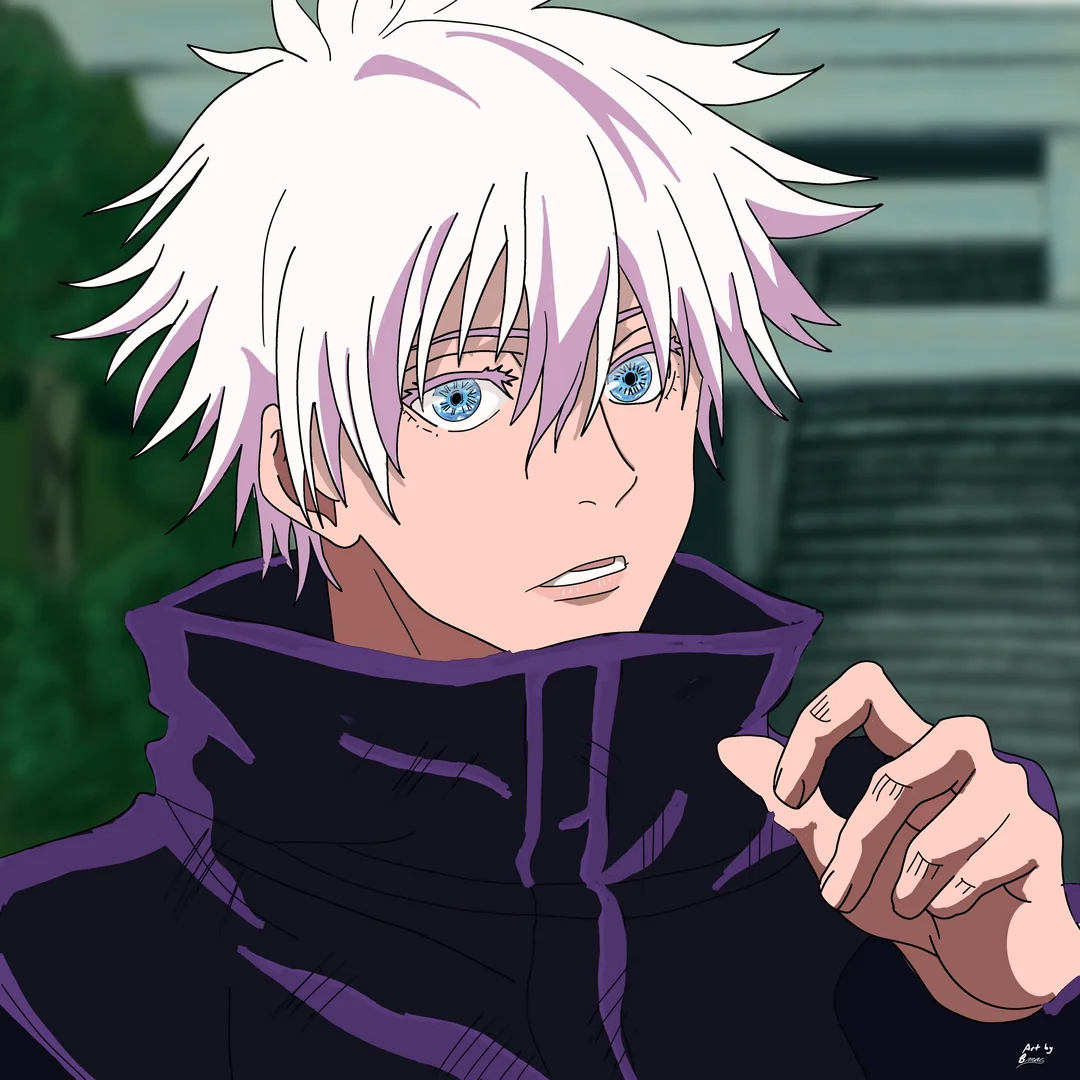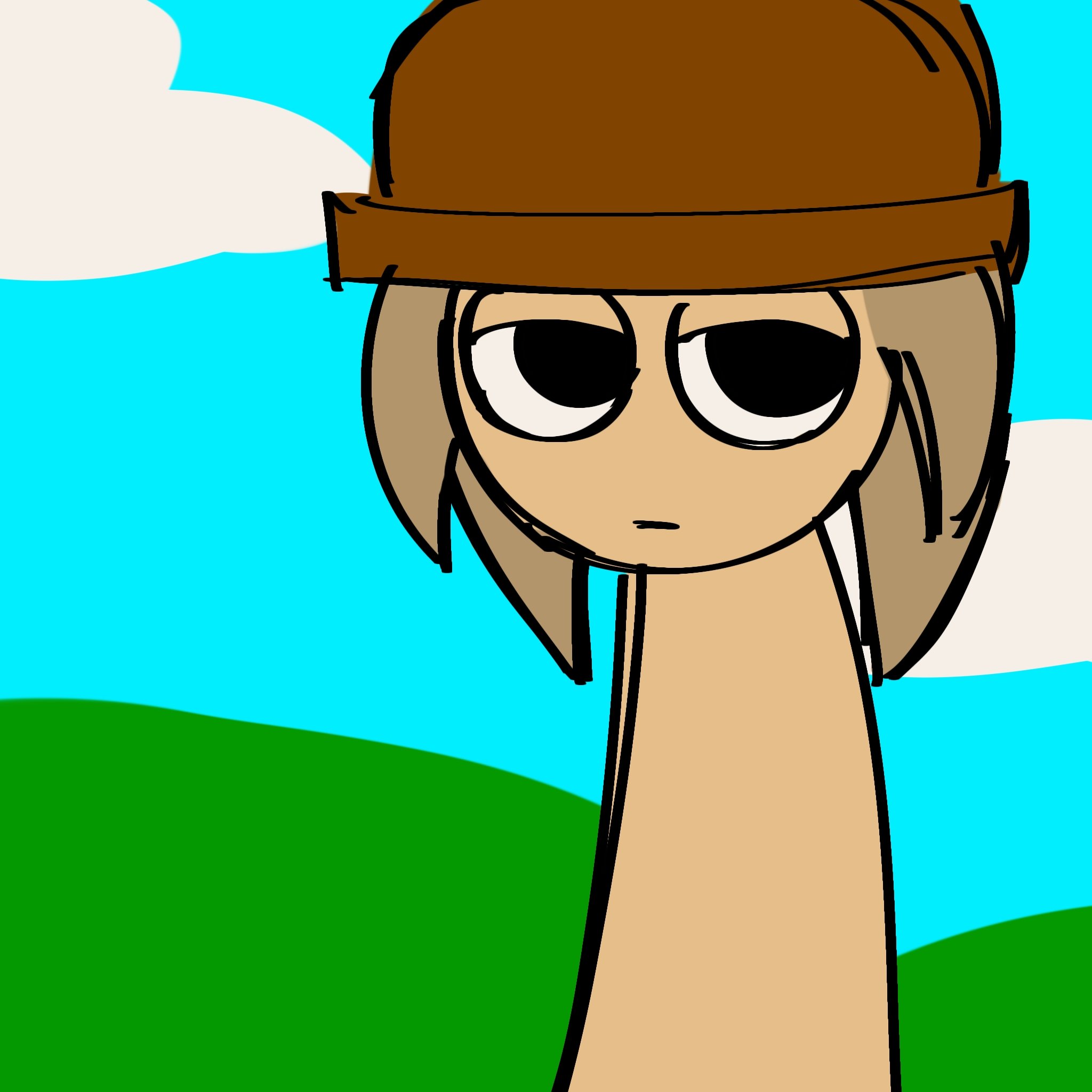A Comprehensive Analysis of Narcissism, Trauma, and Narrative Design in Modern Horror Gaming
Mouthwashing , the psychological horror game developed by Wrong Organ, offers a harrowing exploration of human fragility through the lens of its protagonist-turned-antagonist, Jimmy. This report synthesizes insights from 15 diverse sources—including gameplay analyses, developer interviews, fan interpretations, and psychological critiques—to dissect Jimmy’s character construction, thematic significance, and cultural resonance within the horror genre.
Character Archetype and Narrative Function
Jimmy epitomizes the “unreliable protagonist” taken to existential extremes. Initially presented as a beleaguered co-pilot frustrated with Captain Curly’s leadership, the game gradually unveils his darker side through non-linear storytelling. Key revelations include:
- A calculated downfall: Jimmy deliberately crashed the Tulpar to evade responsibility for his actions.
- Manipulative control: He coerced crewmate Daisuke into perilous situations to consolidate power.
- Deflection of blame: By projecting his failures onto others and invoking convoluted corporate policies, he shields himself from accountability.
His character design, marked by a visual shift from a weary everyman to a hollow-eyed monster during horror sequences, mirrors his psychological disintegration. This transformation aligns with the CRAVED narcissism model—Conflict, Rigidity, Antagonism, Vulnerability, Entitlement, and Dysregulation—as detailed in various YouTube breakdowns.
Gameplay Mechanics as Character Study
Mouthwashing innovates by integrating gameplay systems that force players to confront Jimmy’s pathology head-on. Two key mechanics stand out:
Dual Timeline Structure
Players alternate between:
- Pre-crash segments: Where Captain Curly’s leadership establishes initial crew dynamics.
- Post-crash segments: Where Jimmy struggles to maintain his web of lies amid escalating chaos.
This structure creates dramatic irony, as early interactions with characters like Anya and Daisuke are reinterpreted through the lens of Jimmy’s eventual betrayal.
Mouthwash as Mechanic & Metaphor
The titular mouthwash operates on multiple levels:
- Plot Device: It becomes the crew’s only consumable following a critical cargo hold reveal.
- Character Mirror: As an antiseptic that fails to cleanse, it symbolizes Jimmy’s ineffectual leadership.
- Narrative Pun: The act of “cleaning one’s mouth” takes on ironic overtones, reflecting his attempts to wash away harsh truths via alcohol abuse.
Players are compelled to use mouthwash for both hydration and wound treatment, even as NPCs remark on its inefficacy—mirroring Jimmy’s insistence on maintaining dysfunctional systems.
Psychological Profile and Real-World Parallels
Psychological Profile and Real-World Parallels
Narcissistic Injury Cycle
Jimmy’s psychological unraveling follows a clinically resonant pattern of narcissistic collapse, with each phase demonstrating specific defense mechanisms:
Narcissistic Injury Phase
- Perceived status threat: The demotion from co-pilot status (despite retaining responsibilities) creates an ego fracture comparable to workplace narcissistic injury cases.
- Cognitive dissonance triggers: His simultaneous hatred for authority figures and desperate need for validation mirrors the “splitting” defense mechanism common in personality disorders.
Grandiose Response Execution
The asteroid collision represents a malignant form of narcissistic supply:
- Control theater: Jimmy orchestrates catastrophic events to simulate mastery over his environment, akin to CEOs manufacturing crises to reassert dominance.
- Martyrdom engineering: By framing the crash as an unavoidable tragedy, he converts shame into faux-heroic narrative capital.
Projective Identification Cascade
His blame-shifting operates through:
- Victim-oppressor inversion: Accusing Anya of “emotional manipulation” via her pregnancy externalizes his own manipulative tendencies.
- Resource hoarding as self-mythology: Withholding medical supplies while preaching sacrifice replicates abusive parental dynamics observed in developmental trauma cases.
This three-phase model provides writers with actionable psychological scaffolding for crafting narcissistic antagonists, demonstrating how pathological traits manifest through escalating narrative decisions rather than static characterization.
- Control through violence: His use of sexual violence and weaponized incompetence underscores a deeper insecurity.
- Cultural critiques: Community discussions on platforms like Reddit have highlighted how Jimmy’s actions, contrasted with the non-toxic behaviors of other crew members, challenge reductive “all men” narratives.
Cultural Impact and Fan Reception
Jimmy’s character has ignited passionate debate among fans:
- Fandom Polarization: Movements such as the #ScrewJimmy trend underscore his irredeemable nature, while others delve into his tragic backstory to explore childhood trauma headcanons.
- Artistic Interpretations: On DeviantArt, artists oscillate between horror-inflected renditions and ironic memes, reflecting the multifaceted reception of his character.
- Pedagogical Applications: Mental health professionals have cited Mouthwashing as a valuable case study in discussing gaslighting, trauma responses, and systemic failures within corporate structures.
For a more interactive exploration of Jimmy’s character and narrative, you can experience his AI persona firsthand by visiting Jimmy Mouthwashing . This engaging bot provides an immersive dialogue that deepens the understanding of his psychological profile and narrative impact.
Technical Innovations in Character Portrayal
The game employs a blend of audio-visual storytelling techniques to reinforce Jimmy’s deteriorating state:
- Voice Acting: Jimmy’s rising pitch of desperation mirrors his internal collapse.
- UI Design: Erratic font changes in medical logs serve as a visual metaphor for his unstable mindset.
- Environmental Storytelling: Details like the “20 Years” timer in the cryopod underscore the fleeting nature of Jimmy’s short-term thinking.
Moreover, perspective mechanics—such as limited viewpoints during critical moments—emphasize the disorienting nature of his reality, forcing players to confront the inevitability of his downfall.
Conclusion: Jimmy as Horror’s New Paradigm
Mouthwashing redefines cosmic horror by centering it on the interpersonal unraveling of its flawed protagonist. Jimmy’s journey synthesizes systemic critique, psychological realism, and participatory guilt—forcing players to grapple with their complicity in his decisions. His unflinching portrayal as both a victim and a perpetrator ensures that Mouthwashing will endure as a seminal work in character-driven horror.
This comprehensive analysis not only highlights the intricate narrative design and technical innovations behind Jimmy’s character but also underscores the broader cultural implications of his story. Through detailed scrutiny and community engagement, Jimmy Mouthwashing stands as a testament to the transformative power of modern horror gaming.




